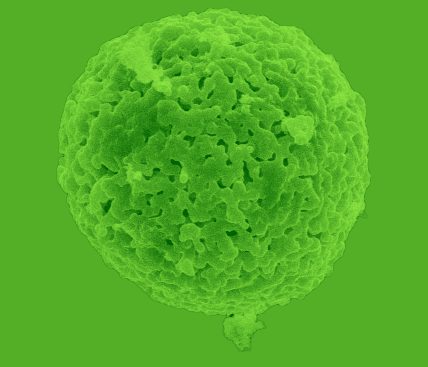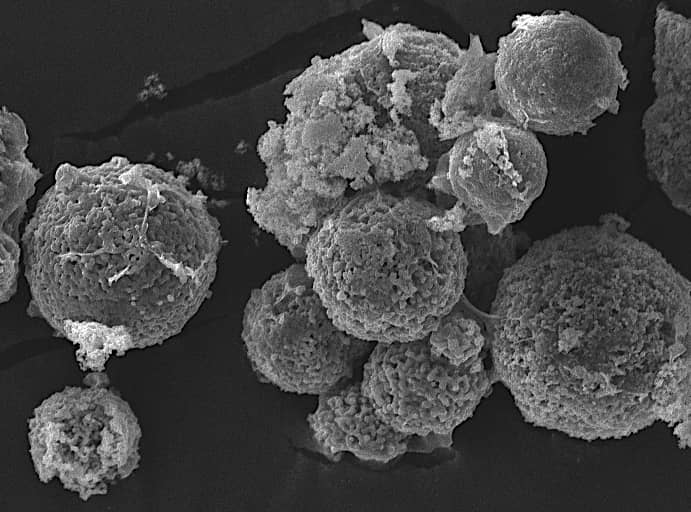Apavac® kit
Your veterinarian prepares his own treatment for your pet

The principle of APAVAC immunotherapy

Prepared by your veterinarian for your pet
Role of tumour antigens
An antigen is a foreign substance (usually a small piece of protein or peptide), which is recognised, targeted and destroyed by the immune system. Antigens are present on the surface of all cells, but the immune system is obviously not designed to react against the cells of its own body.
On the other hand, when a cell undergoes cancerous transformation, new antigens are produced on the surface of tumour cells. They are then considered foreign to the body and the immune system has the mission to destroy them.
However, even an effective immune system is not always able to destroy all cancer cells that can reproduce, group and form a mass of cancer cells (malignant tumour).
The animal's immune system is then overwhelmed, and cells whose role is to destroy tumour cells (usually T lymphocytes) can no longer be effective for various reasons, often due to a lack of presentation of these tumour antigens.

The role of hydroxyapatite
Hastim is a company internationally recognised as a specialist in the chemistry of calcium phosphates, including in particular hydroxyapatite, which is perfectly tolerated by human and animal organisms. Indeed, bone tissue consists of hydroxyapatite.
But our teams have also exploited the properties of this molecule in immunotherapy by focusing on research, mastering and controlling its surface properties to allow the selection and fixation (adsorption) of proteins on hydroxyapatite grains to accelerate and improve the presentation of antigens to the immune system.
To further increase the activation of T lymphocytes, hydroxyapatite simultaneously adsorbs other proteins called "heat shock proteins" (HSP) whose role is to group together and better present small tumour antigens to the immune system.
It is the combination of tumour antigens and cancer-specific heat shock proteins that hydroxyapatite particles will introduce into the body to reach the cells of the immune system responsible for the destruction of cancer cells.